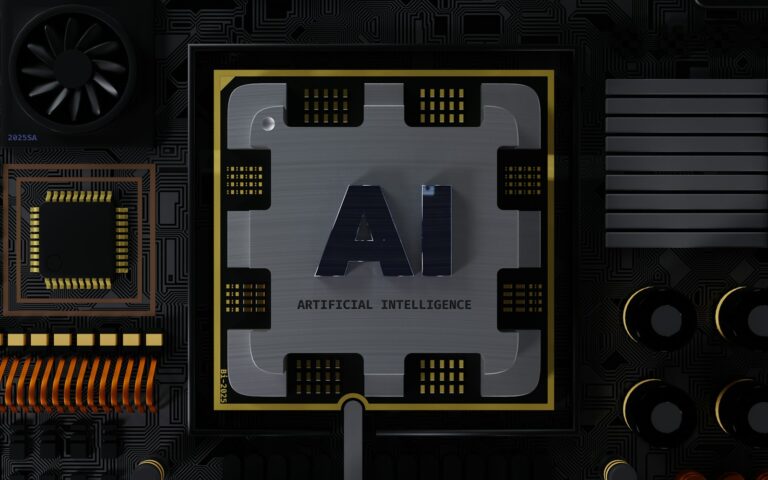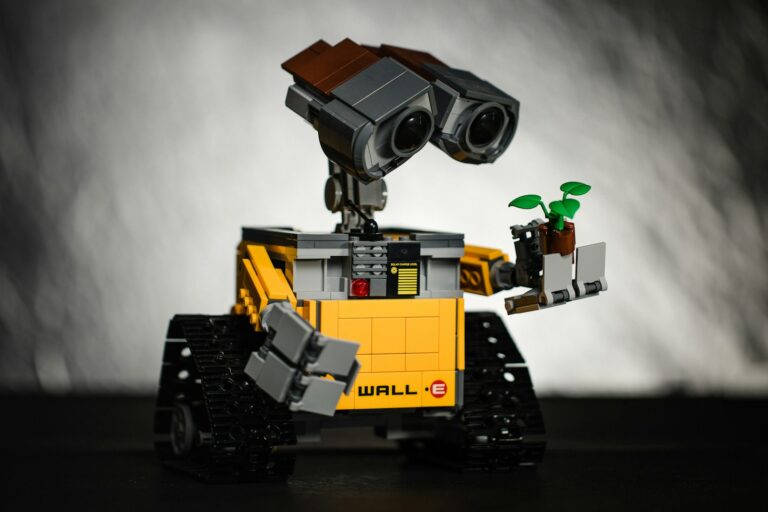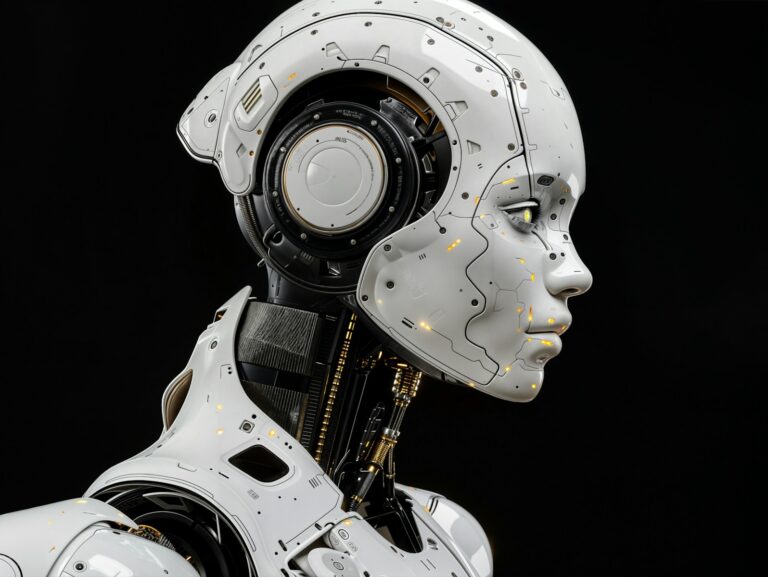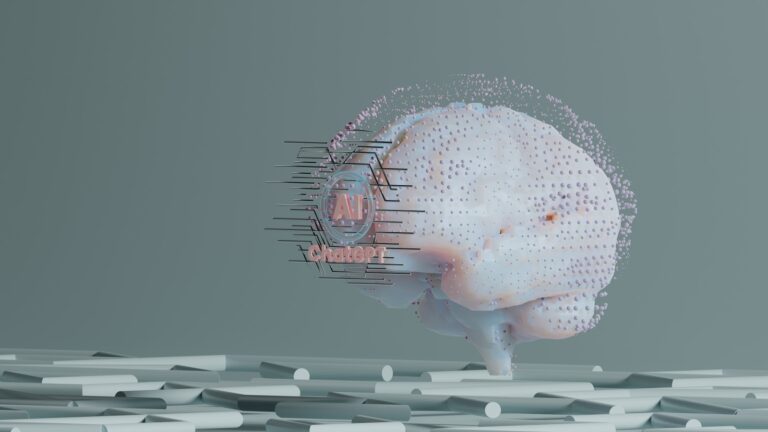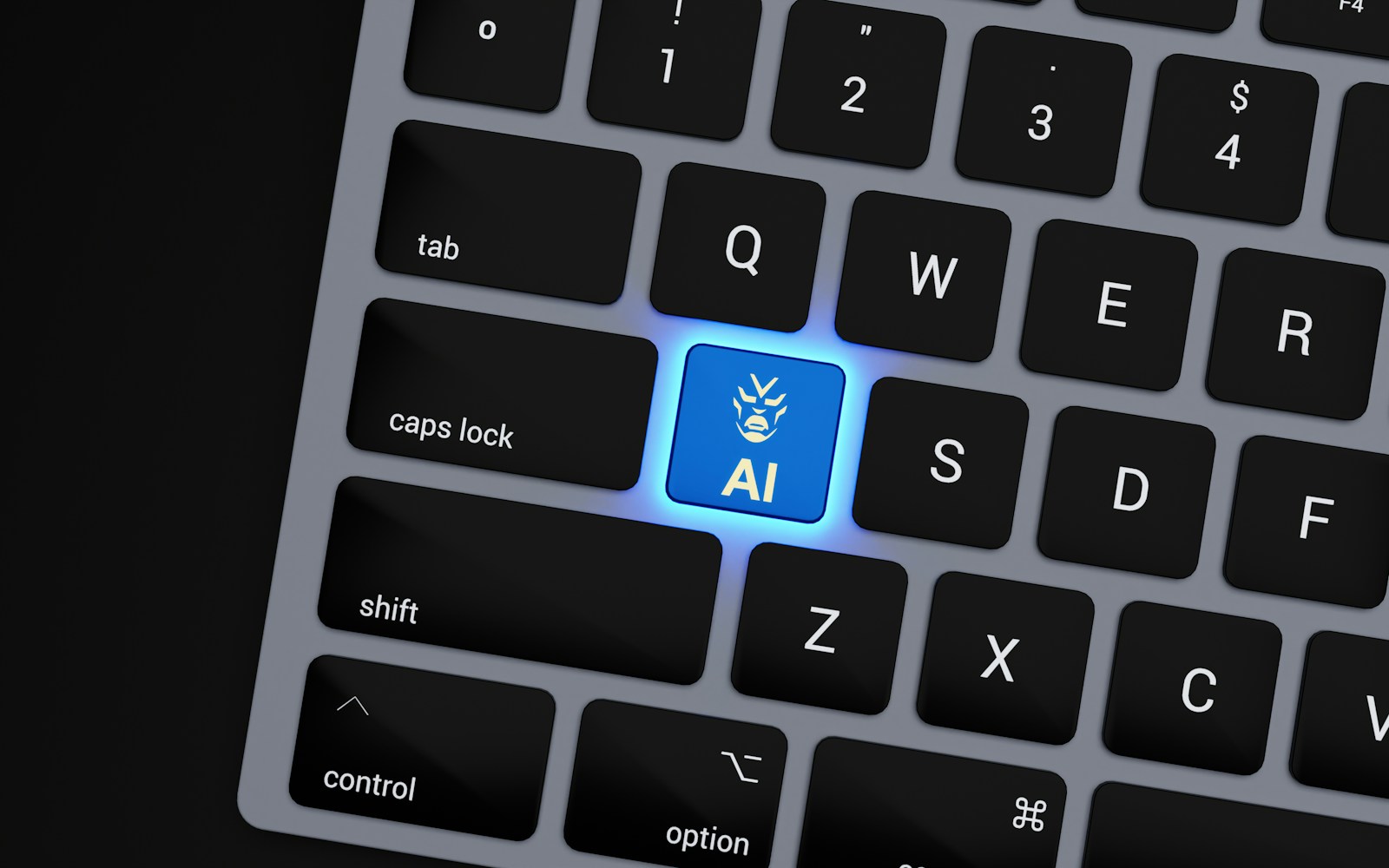
The Rise of Generative AI and Its Impact on Creativity
Understanding Generative AI
Generative AI refers to algorithms that can create new content, whether it be text, images, music, or even video. By analyzing large datasets, these models learn patterns, styles, and structures to produce fresh and unique outputs. At the forefront of this movement are technologies like OpenAI’s GPT-4 and DALL-E, which have demonstrated impressive capabilities in generating human-like text and art.
What sets generative AI apart is its ability to not only mimic existing styles but also innovate. For example, a generative model trained on classical music can compose new symphonies that reflect the nuances of Bach or Beethoven while introducing a contemporary twist. This powerful blend of learning and creativity is revolutionizing how we think about content creation.
Transforming Artistic Processes
Generative AI is changing the landscape of various artistic disciplines. Artists are now leveraging AI tools to brainstorm ideas, refine their styles, and even produce complete works of art. For instance, visual artists can use AI algorithms to generate complex images based on their input cues, allowing for a collaboration that blends human intuition with machine precision.
Moreover, the music industry is witnessing a similar transformation. With tools that can generate entire soundtracks based on a few chords or melodies, composers are finding new ways to enhance their creative processes. This synergy between human creativity and machine learning is fostering a renaissance of artistic expression.
The Ethical Considerations
As with any technological advancement, the rise of generative AI raises important ethical questions. Creators often grapple with issues related to copyright, originality, and the implications of AI-generated content. If a machine can produce art that closely resembles a human artist’s style, who owns the rights to that creation? Furthermore, as generative AI becomes more sophisticated, distinguishing between human-made and machine-generated content poses challenges for authenticity and trust.
To navigate these waters, it is crucial to establish guidelines and frameworks that protect artists while fostering innovation. Collaborative efforts between technologists, artists, and legal experts will be essential in shaping a future where creativity and technology coexist harmoniously.
Future Outlook: Creativity in the Age of AI
The future of creativity in the age of AI is both exciting and uncertain. As generative AI continues to evolve, we can expect enhanced collaboration between human creators and AI systems. This partnership will likely lead to the emergence of entirely new genres of art, music, and literature that we have yet to imagine.
Emerging technologies such as augmented reality (AR) and virtual reality (VR) could also complement generative AI, creating immersive experiences that engage audiences in unprecedented ways. Imagine stepping into a gallery where the artworks shift and evolve based on your emotions or interactions—this is the potential landscape of creative expression that awaits us.
In conclusion, the rise of generative AI is reshaping the world of creativity. By merging the capabilities of machine learning with human intuition, we are witnessing a new era of artistic expression that is rich with possibilities. As we navigate the ethical implications and embrace these technologies, the future of creativity holds promise for innovation and collaboration, inviting us all to participate in the evolving narrative of art and technology.
